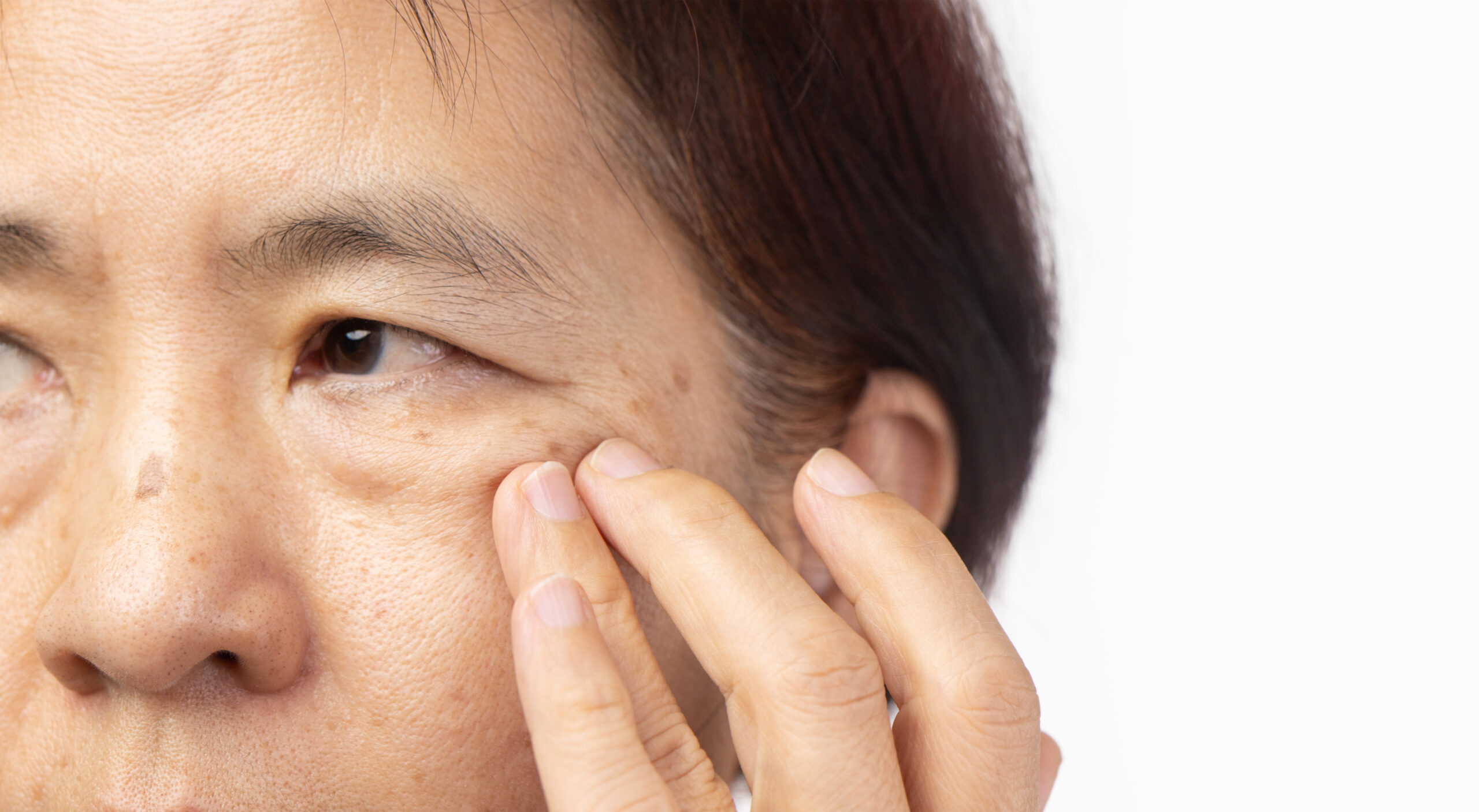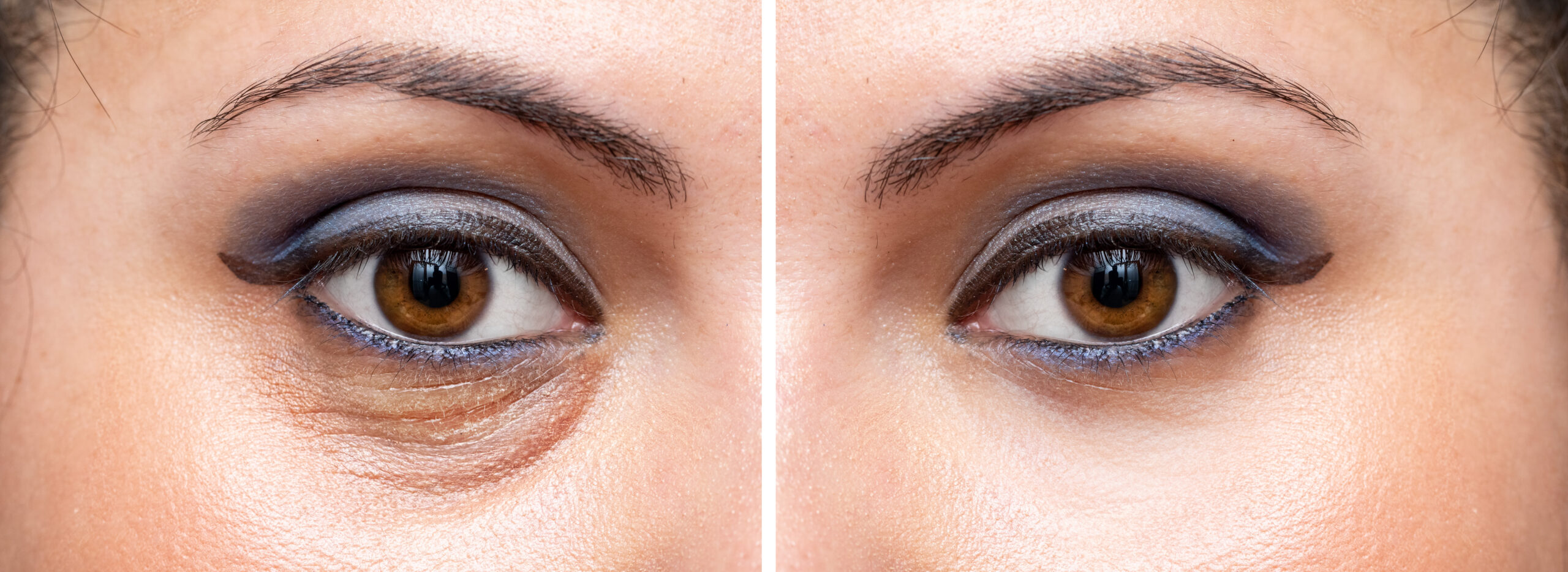Oculoplastic Surgery and Droopy Eyelids

Can Oculoplastic Surgery Correct Droopy Eyelids
As we age, various factors can affect the appearance and function of the eyelids, leading to droopiness or ptosis. This can not only impact our appearance but also our vision and overall eye health. In this blog post, we will explore how oculoplastic surgery can correct droopy eyelids or ptosis, restoring both the aesthetics and function of the eyes.
Understanding Droopy Eyelids/Ptosis
Droopy eyelids, also known as ptosis, occur when the upper eyelid droops or falls to a lower position than normal. This can be caused by various factors, including aging, genetics, trauma, or neurological conditions. Ptosis can affect one or both eyes and can range from mild to severe, impacting both the appearance and function of the eyes.
How Oculoplastic Surgery Can Help with Droopy Eyelids
Oculoplastic surgery is a specialized branch of ophthalmology that focuses on the management of eyelid and orbital disorders. When it comes to correcting droopy eyelids or ptosis, oculoplastic surgeons have several techniques at their disposal:
- Levator Muscle Repair: In cases of acquired ptosis (ptosis that develops over time), the levator muscle, which is responsible for lifting the eyelid, may become weak or stretched. Oculoplastic surgery can involve tightening or reattaching the levator muscle to restore proper eyelid function.
- Müller’s Muscle Resection: In some cases of congenital ptosis (ptosis present from birth), the Müller’s muscle, which is responsible for elevating the eyelid, may be underdeveloped. Oculoplastic surgery can involve resecting a portion of the Müller’s muscle to elevate the eyelid and improve the patient’s field of vision.
- Frontalis Sling: In cases of severe ptosis or when the levator muscle is severely damaged, a frontalis sling procedure may be performed. This involves using a small piece of material, such as silicone or a patient’s own tissue, to suspend the eyelid from the frontalis muscle (forehead muscle) to elevate it.
- Blepharoplasty: In cases where ptosis is accompanied by excess skin or fat in the eyelids, blepharoplasty (eyelid surgery) may be performed. This involves removing excess tissue and repositioning the eyelid to achieve a more youthful and refreshed appearance.
Trust SightMD for your Oculoplastic Surgery needs
Droopy eyelids can have a significant impact on both the appearance and function of the eyes. Oculoplastic surgery offers effective solutions for correcting these issues, restoring both the aesthetics and function of the eyes. If you are experiencing droopy eyelids or ptosis, consulting with an oculoplastic surgeon can help determine the most appropriate course of action to address your specific needs. Your eyes are worth every effort, and oculoplastic surgery can help reclaim bright and vibrant eyes that reflect your true self. Contact SightMD to set up a consultation with one of our Oculoplastic Surgeons.


